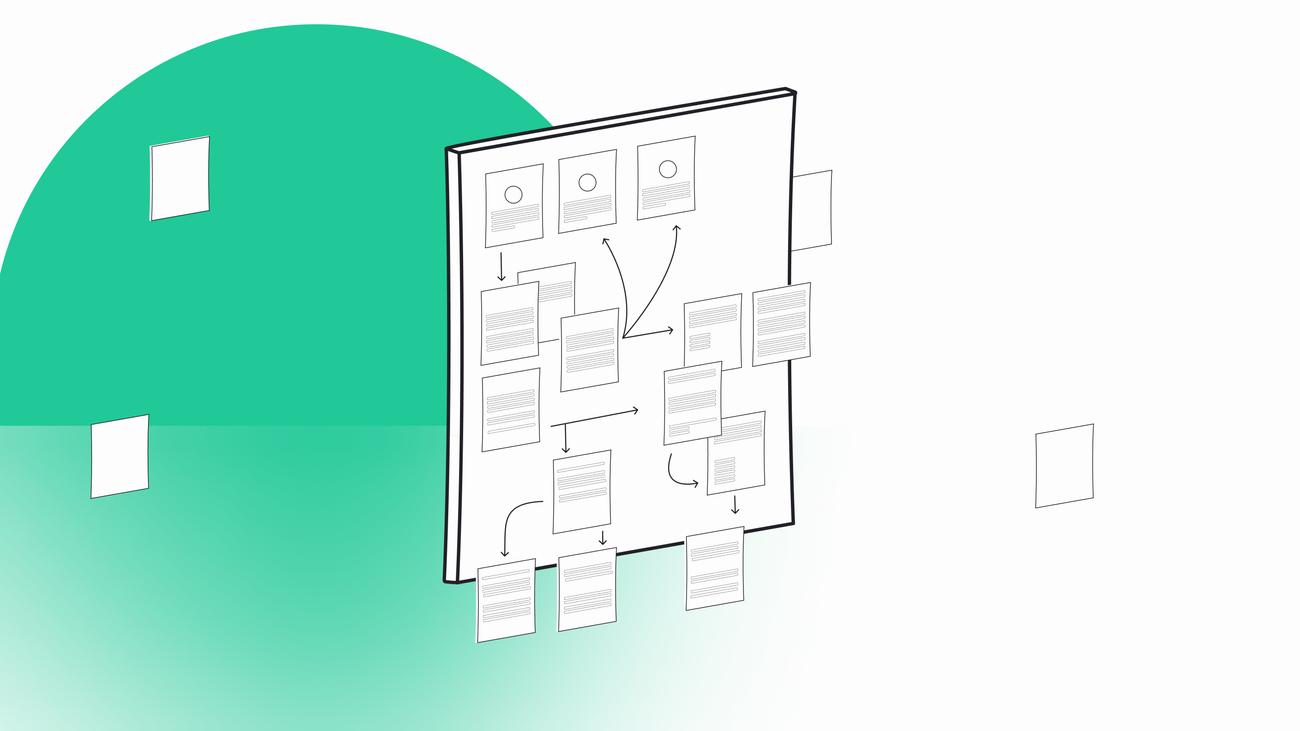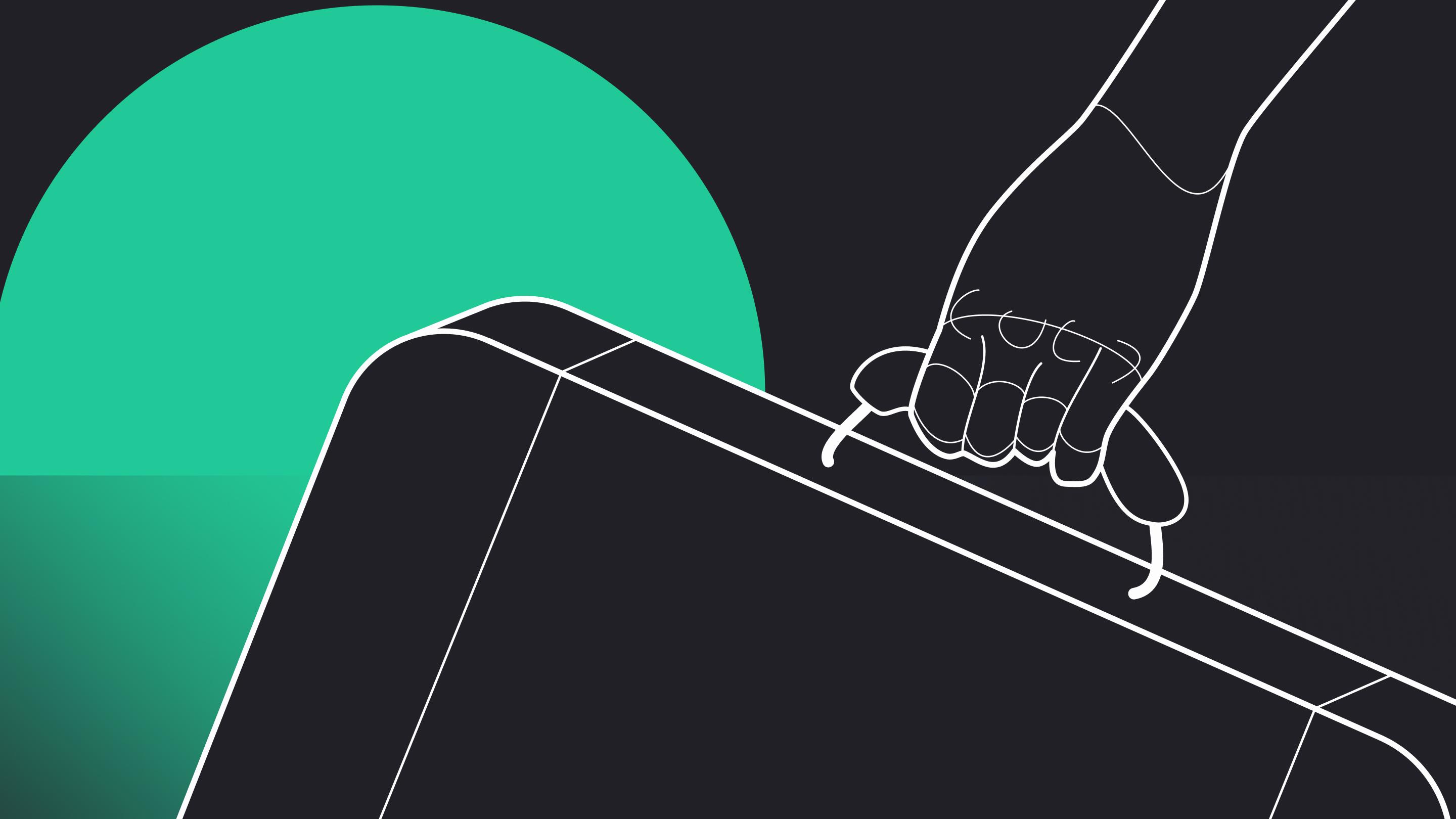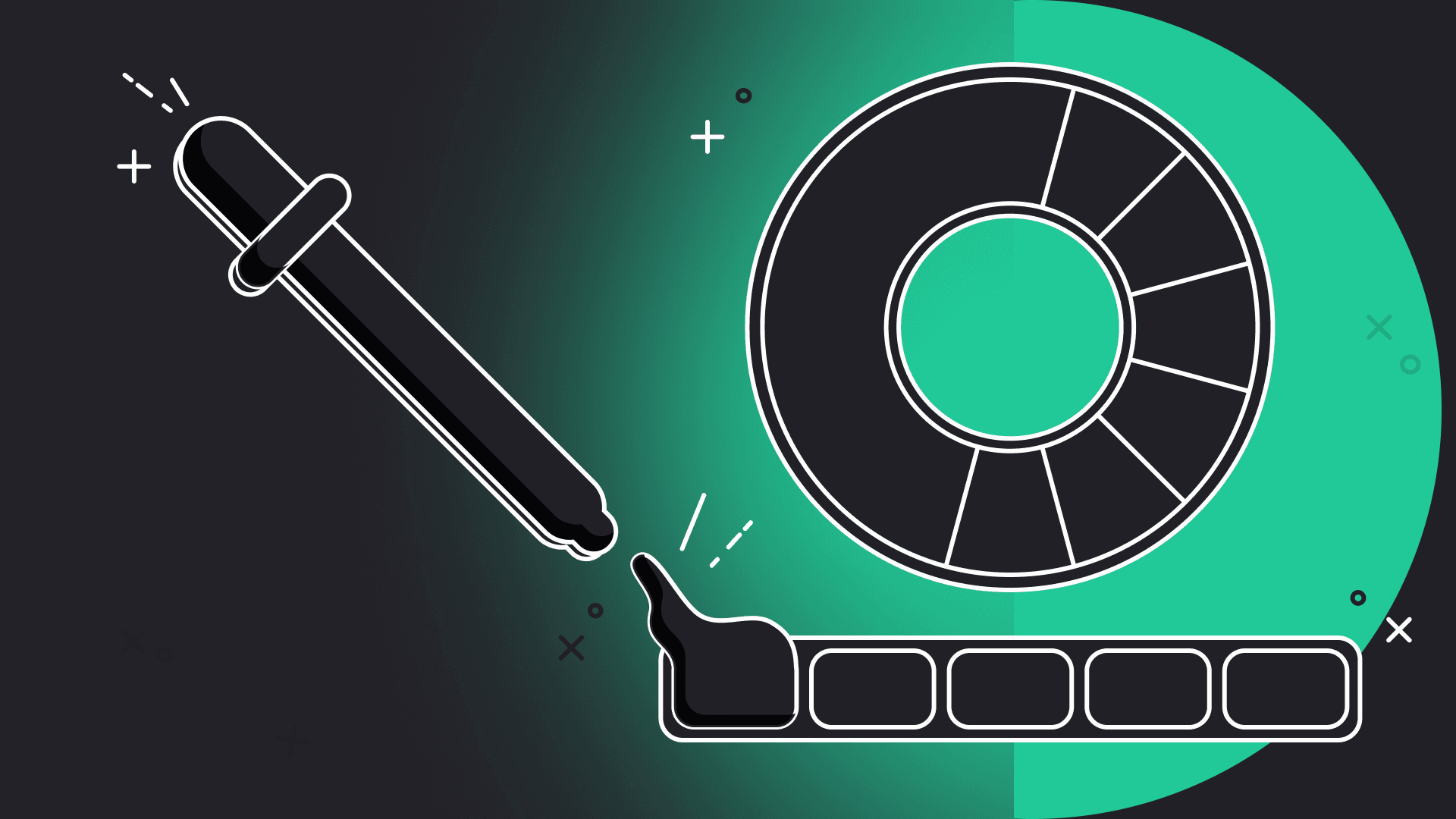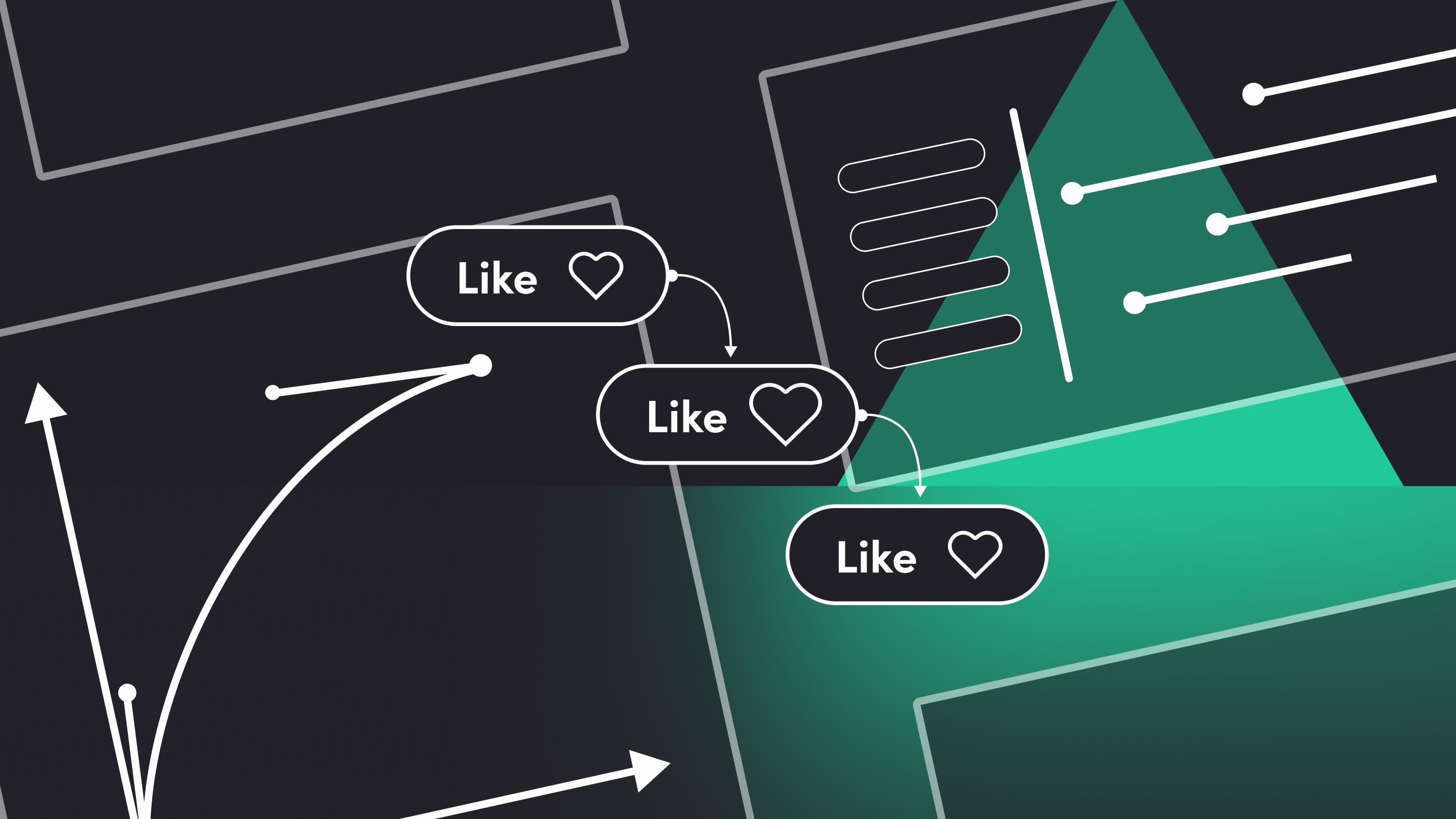


Try user stories to create a better user experience (UX)
Imagine an entrepreneur with an idea for an application. After finding a software development team and telling them what should it be, the journey of software development has begun. No research, no product discovery workshops. Nothing. Is it the right approach to a software project?
To have assumptions about the business, the digital product and its target audience is one thing. But building the software based on mere belief? Not such a great plan, right?
That’s why in Agile software development, many methods help you discover the idea and dig deeper into the user’s needs, wants and problems. One of such techniques is writing stories. And this is what we’re going to talk about.
What are the user stories? What are user story examples? How do they impact the user experience (UX)?
If you’d like to know more about other creative methods used during workshops, check out the article by one of our UX/UI designers.
User stories – from the user’s point of view
So, let’s start with the basics. What are user stories? They’re short descriptions of a given feature written in a simple, non-technical language. User stories written from the user’s perspective – sounds logical, right? They shift the focus from writing about the requirements to communicating about them.
And because they’re created from this perspective, user stories aim to show how a software feature will bring value to a target user. In other words, a good user story captures the customer’s particular need.


Have a project in mind?
Let’s meet - book a free consultation and we’ll get back to you within 24 hrs.
How to write user stories?
One of the goals of user stories is to simplify the process. That’s why the guidelines for the procedure itself are simple. Each story should be easy to understand, concise and written in an active voice – a natural language description. There are no complicated phrases – everything is as simple and yet as brief as possible. This brings value to an entire project team, even the remote ones, since there are no misunderstandings. It’s all in black and white. Moreover, user stories are often documented as index cards, which are pitches containing information from a digital resource.
Who can write it? Anybody. It may be the client, product owner, product manager or a team member. It all depends on the type of project. The same with the size of user stories – there can be smaller stories and large user stories.
When it comes to tools, user stories are often done using Miro, sticky notes or even in Word documents, as long as it’s eligible and in sequence. The goal is to discuss the features and alternate them to provide the most value to the software product. That’s the acceptance criteria.
The who, the what, the why – user story examples
User stories have a pretty systematic way of building, a template. But of course, you can change it to fit your needs best. However, there’s always a persona who wants to do something to achieve a specific goal in both smaller stories and larger ones.
Here’s one of the user story examples: “As a new user, I want to be guided through the app so that I can quickly discover its features.”
In other words, before creating a user story, we ask ourselves a few questions to go into the end user’s head and fully respond to their requirements:
- Who wants to do something?
- What the user wants to do?
- Why the user wants to do it?
In this way, we know the basics, which means we’ve got a clear path and a set goal. Now we have to discuss it, adjust the product functionality to fit market needs, and it’s done.
However, there are some elements that we may add to make it more detailed. A scoring system helps measure the feature’s complexity and evaluate how much it takes to complete a user story. Also, so-called “conditions of satisfaction” (or acceptance criteria) set the rules when a feature story is finished.
Benefits of user stories
Agile user stories are techniques that drive creative solutions. They make the development team think from a different perspective, take the end users’ approach. Hence, they bring many benefits. Let’s see what they are.
- Setting a foundation
User stories have a consistent format to capture desired functionality, such as “logging in”. They help designers in their work because, in their case, user stories work as a checklist. Overall, they make it easier for you and your team to determine the process’s next steps since they create a big picture of a project. They’re beneficial for the entire team – user stories translate to shared understanding between the team members.
- Saving time in Agile approach
Instead of writing a lengthy description in Agile projects, the information is divided into small chunks of data and then analyzed. Also, the size helps in estimating a given user story. It allows the team to complete the story in a shorter amount of time, and it’s easier to fit it into the product backlog and, ultimately, sprints.
- Keeping the user’s focus
The stories help the product owner prioritize the features and put them in order. Thanks to this, the bespoke solution brings a desired outcome to the real users.
- Independence
Each user story is on its own. It doesn’t rely on other stories. That means it can be released separately, and it won’t affect the process.
3 Cs in user story
Card, conversation and confirmation – they formulate 3 Cs. These are the 3 essential elements of user stories.
- Card – describes the goal of the story that leads to discussion. Here, we usually have a schema, such as: As a (persona), I’ll (act) so that I can (the goal to achieve/value).
- Conversation – this is the collaboration part and also the most critical stage of the process. The discussion between the team and all the stakeholders is about the details of a given feature. This is the point when we’re most evaluative of our decisions.
- Confirmation – during this phase, the team tests the story and examine whether it checks out all the previously established criteria. Once it’s done, we can move on to the next story.
User stories in Agile software development
It’s not the first stage of the process, but it’s one of the primary ones. Before that, we should conduct the necessary market and user research – getting to know the business and its target users is vital to creating great user stories. Otherwise, you speculate and write something based on your beliefs. Most of the time, such assumptions turn out to be false.
Get to know more about how to validate your digital product idea.
So how the agile user stories process looks like? Ideally, the team would meet with potential customers and gather user feedback. They can observe and interview the end-users. But sometimes, there’s no such opportunity. In that case, we have to work with what we got – the research performed by our team or information gathered by our client.
On this basis, we prepare user stories. Step by step, functionality by functionality, we write each story. These elements match together in unity – the user, the story, and the product features – it’s all related. But, these stories aren’t definite. We can always come back and alternate them to refine the user experience even more.
Moreover, the existing agile user stories are helpful when building user personas, user journeys and writing new user stories. Writing user stories is beneficial for everyone – internal customers, development teams and
Building custom software is an iterative process – in this case, it’s also true. As I mentioned earlier, writing a user story consists of 3 stages – writing a short description of what is needed, talking about it, alternating the details, and finally, carrying out the tests to confirm our assumptions.
Final words
User stories smooth out the process and let us organize all the features, which help us better coordinate the work. Moreover, they facilitate getting to know the real needs of the target audience. Lastly, they’re a creative way to work with a team, which, in turn, leads to more innovative solutions.
It’s a great tool that can be used by designers, a product manager, product owner – all development team members. They can significantly improve UX since user stories provide a foundation for user story mapping, user personas and many more. There’s no better first step to understand end-users and discover the business value of a product.
However, keep in mind that writing user stories is just one technique to discover the digital product’s potential and meet market needs. There are more creative methods in agile development that you should use to fully apprehend the business needs and create a great user experience. Below you can find a bunch of articles covering just that. Enjoy!
Editor’s note: We’ve originally published this post in March 2021 and updated it for comprehensiveness.


Have a project in mind?
Let’s meet - book a free consultation and we’ll get back to you within 24 hrs.
Designing icons from scratch, creating great UX, and other design insights are brought to you by Małgorzata in her articles.


